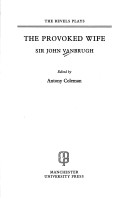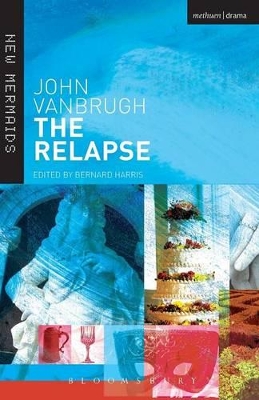New Mermaids
2 total works
In this late Restoration comedy Vanbrugh not only pushes the unhappily married couple, which had been good for no more than a raucous subplot in earlier comedies of manners, centre-stage - he also makes the audience sympathise with the wife: The only thing Sir John and Lady Brute agree on is that they ought not to have married each other; now he spends his time in drunken debauchery with his cronies, while she tries to withstand the advances of her admirer Constant. After a series of farcical accidents involving cross-dressing and the eternal lover-in-the-wardrobe, the couple end where they began. Since the scene in which Sir John disguises as a clergyman was deemed 'immoral and profane', an alternative scene (in its way equally profane) was written, in which he disguises as his own wife. This edition provides both versions and discusses the play's continuing popularity on the stage.
Written in defiance of Jeremy Collier and the budding fashion for sentimental drama, this late Restoration comedy exposes the reformed rake Loveless to the temptations of London and the charms of a merry widow, neither of which he is able to withstand. More memorable than the straying husband, however, is Restoration comedy's ultimate follower of fashion, Lord Foppington, who defends himself in the Epilogue by observing that no highwayman or Jacobite was ever well dressed. As the introduction to this edition argues, Sir John Vanbrugh - dramatist, architect and member of the influential Kit Cat Club - presents courtship and marriage not only with cynicism, but also with moral bravery and social impudence; qualities not much in evidence in his sentimental rivals.

